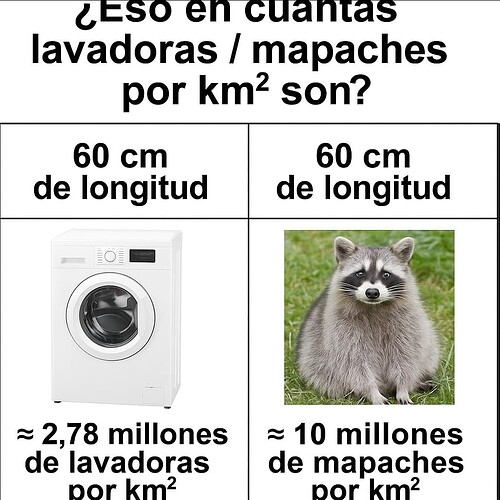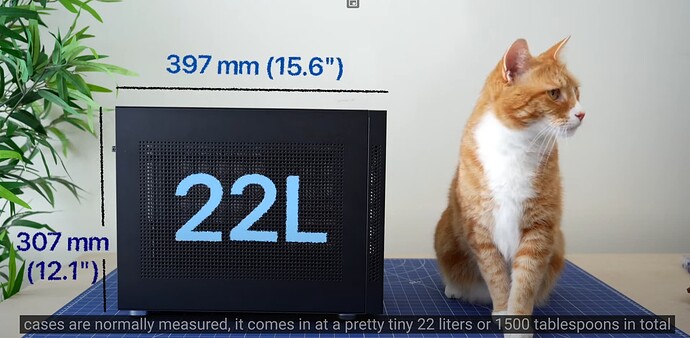i tried to find how many fridges it is but it asked me if it was a upstanding fridge or a coffin type fridge, and got confused
Confirming that it is, in fact, a spooky ruin!
Awww. Not available? Drat. After I saw that the main house would be “…easy to restore…” I got all interested and stuff. (Only €65,000 - about $75,000, is a good price, but this might be what you’d call a little bit of a fixer-upper.)
Near Lugo, Spain? Good. Only 800 meters away from National Highway? Bad. Very Bad.
Check the other thread for a different offer. I can even put like a 10% to get one of the houses! ![]()
Also is not national highway, is national road, and is the best thing that can happen because otherwise you’re stuck with horrid roads. Is listed as a positive for a reason.
The national road network of spain is mostly comprised of 2 (sometimes 4) lanes (counting both directions!) based on the 17th century road network mandated by the newly appointed French King! They tend to be windy, scenic and quiet (there are exceptions). Usually the more used routes get a parallel “autopista” or “autovia” (that would be highways, paid or state-sponsored).
Whenever I take a road trip with my father I tend to stay on the national or provincial roads because not only are more beautiful, but keeps the driver entertained (helps avoid “highway hypnosis”). ![]()
Here, a pano stich I made in our last trip ![]()
And finally to keep on the thread theme, FUN FACT: the average width of a lane in spain is nowadays 3 meters, but as I said, the national roads are old (17th century) and most of these are based on the Royal Roads (15th century) which are themselves built upon the original Roman Roads! Of course the romans did not measure things in meters, but Roman Feet! So we have a document of the age of the Catholic Kings (aka Fernando de Aragon and Isabel of Castille) with them asking:
Mandamos a las Justicias y Concejos que hagan abrir y adobar los carriles y caminos, cada Concejo en parte de su término, por manera que sean del ancho que deban, para que buenamente puedan pasar, e ir y venir por los caminos
(We order the Justices and Councils to open and fix the lanes and roads, every council his part of the land, in the way that makes the necessary width, so they can goodly come and go through the ways.)
And there was the problem of “Ok, so how wide is NECESSARY?”. So they basically called for the massive (for the 15th century) undertaking of measuring the width of the roman roads. In the end it was decided that the minimum width – for a double lane road – was 15 roman feet (about 4.5 meters) and the recommended width was 20 roman feet (or about 6 meters).
But, BUT… the measure was sent to the council of Castille as “20 feet”. And they translated it as 20 castillian feet (which is 5.6 meters). So in the lands east of Castille (Aragon, Valencia, Catalunya…) the roads were 6 meter wide, and west to Castille, a bit less. And we have lots of correspondence (which I wont transcribe and translate, think 15th century EA-NASIR) of people complaining the roads are not wide enough to turn around or even share with another cart.
The French King fixed this, by stablishing the national road programme in 1755, which made all roads “28 castillian feet wide, of which 21 will be of road and 3 and half each side of transitable pavement”.
And to cap this, here’s a 1846 table of widths for the different classes of roads of Spain:
(Firme = Road; Paseos = Sidewalks, Pies = Feet)
Thank you for that clarification! I was picturing an Interstate style road (high speed, many lanes, very busy.) It’s good to know that someone could get this lovely rural property without that nearby. Also: lovely picture!
I think is self explanatory but
“How many washing machines / racoons to a square kilometer?”
2,78 million washing machines per sqkm
10 million racoons per sqkm
(and yes, both are 60cm long)
And both wash things
Unifying power of raccoons???
The Smoot – How an MIT prank became a lasting unit of measurement
Smoot went on to a career in standards and policy within the technology sector. After holding various roles, he served as chairman of the American National Standards Institute (ANSI) from 2001 to 2002 and later as president of the International Organization for Standardization (ISO) from 2003 to 2005.
Also, part of the working group that recommended rules for data privacy that eventually led to HIPAA and other regulations.
Are metric!
What they aren’t is standardised. While the length of the actual playing area is relatively regular at 68 x 100 metres with small variation the in goal area at both ends can be 6-22 metres in length so potentially the allowable length of the whole field could be between 106 and 144 metres. So it’s pretty useless.





